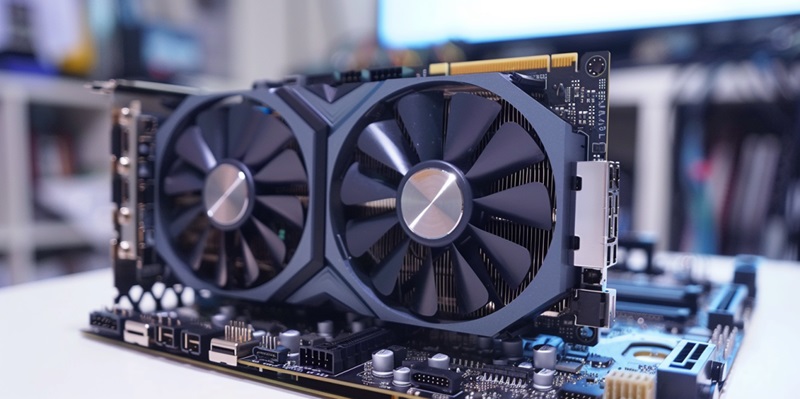NVIDIA’s GeForce GTX 1650 has served as a cornerstone in the budget GPU market since its launch, offering a cost-effective solution for gamers and content creators alike. This graphics card has been celebrated for its balance of price and performance, filling a niche for users not requiring the cutting-edge but still desiring reliable functionality. As NVIDIA announces the end of the GTX 1650’s production run, it’s important to reflect on how this model impacted the industry and what its discontinuation implies for future developments. The GTX 1650 was more than a mere piece of hardware; it was a bridge for users stepping into dedicated graphics processing, offering an entry point for enhanced computing experiences.
The GTX 1650’s defining characteristic was its accessibility. It powered countless gaming rigs worldwide and was a common recommendation for those building on a budget. Its specifications provided enough horsepower to run modern games at acceptable frame rates, showcasing NVIDIA’s ability to cater to varied market segments. The end of its journey marks a shift in the tech landscape and poses questions about the fate of the budget GPU sector. Can its legacy persist through its successors, or will a void be felt by the throngs of users who have relied on it?
Market Dynamics and the Tech Progression
NVIDIA’s discontinuation of the GTX 1650 marks a strategic move towards cutting-edge GPUs like the RTX 30 series, focusing on advanced tech and ray tracing. This transition reflects consumer demands for a top-tier gaming experience and computational power, signifying an end to the era where budget GPUs closely trailed behind high-end models.
However, the GPU market faces hurdles such as global semiconductor shortages, inflating costs, and distribution issues, alongside market volatility due to cryptocurrency mining spikes. These factors could exacerbate the dearth of affordable GPU options as the GTX 1650 phases out, potentially broadening the accessibility gap until industry conditions stabilize.
Navigating this shift is critical for NVIDIA to maintain affordability within its tech advancements, ensuring accessibility for cost-conscious consumers. The balance between progress and inclusivity remains pivotal to cater to a diverse user base looking to tap into new technologies.
Consumer Impact and Future Expectations
As NVIDIA phases out the GeForce GTX 1650, budget gamers face uncertainty; this GPU’s affordability and performance made it a staple for cost-conscious consumers. The challenge for the industry now is to introduce a new, economical GPU that meets the rising standards of gaming without breaking the bank.
NVIDIA’s focus is shifting towards its advanced RTX series, which might hint at new opportunities for the budget-friendly GPU market. These advancements could pave the way for a GTX 1650 successor that captures the essence of modern features while maintaining affordability.
The gaming community eagerly awaits NVIDIA’s move, looking for a solution that balances tech innovation with the need for accessible gaming options. As NVIDIA’s beloved budget GPU bows out, the anticipation for a worthy replacement grows, one that will potentially shape the future of cost-effective gaming hardware.

